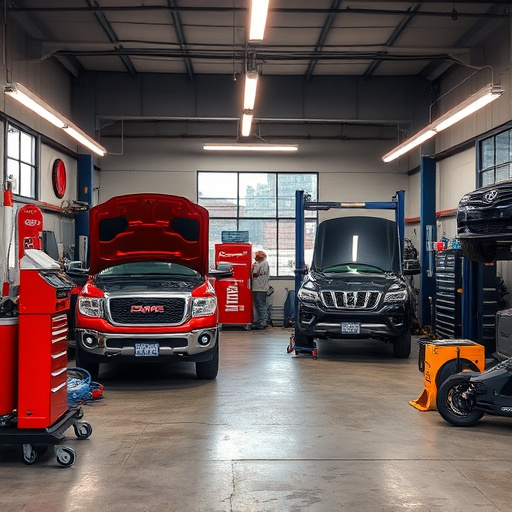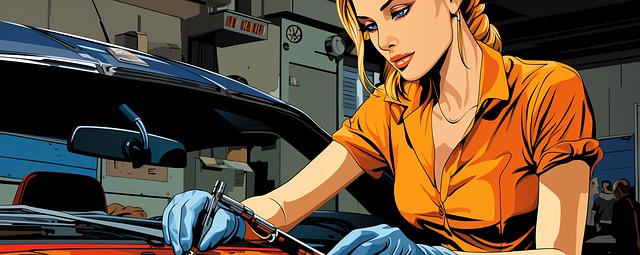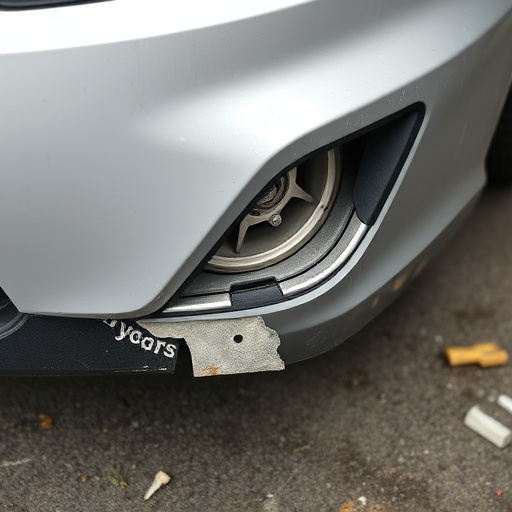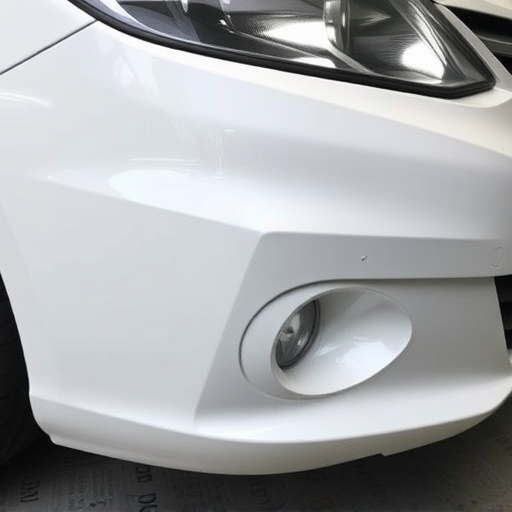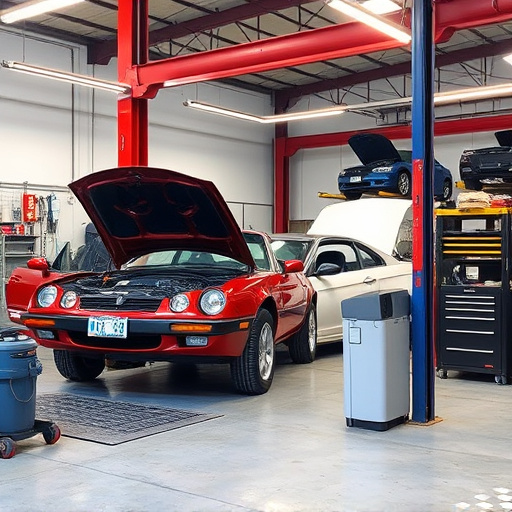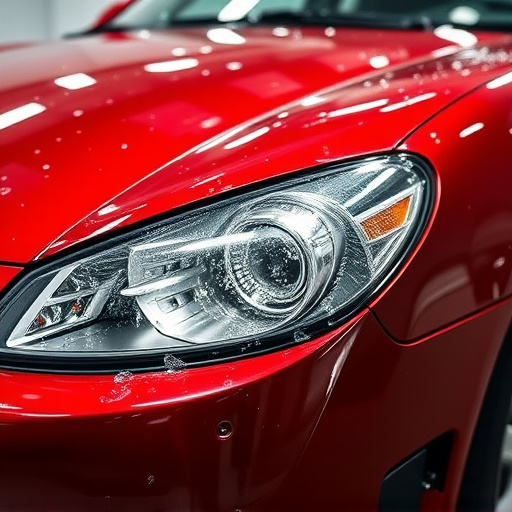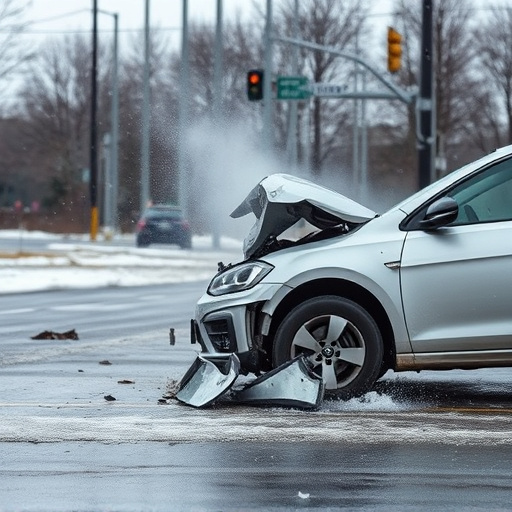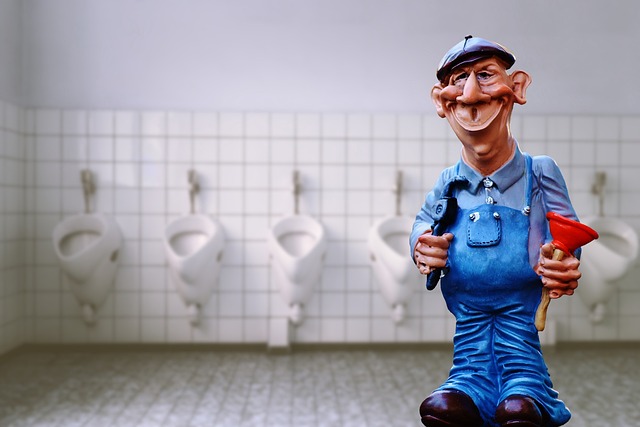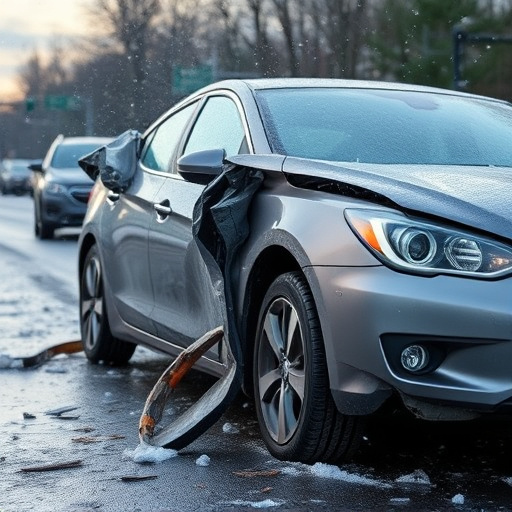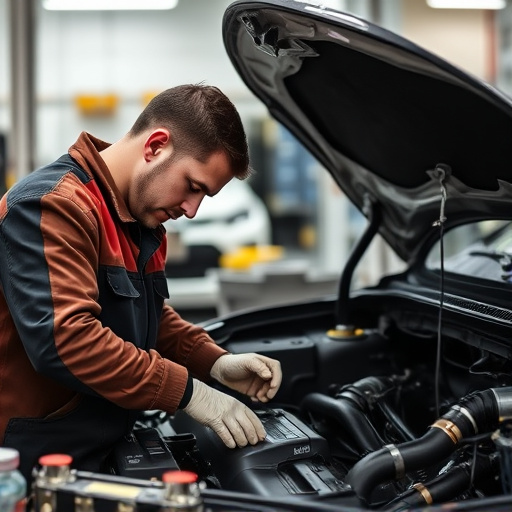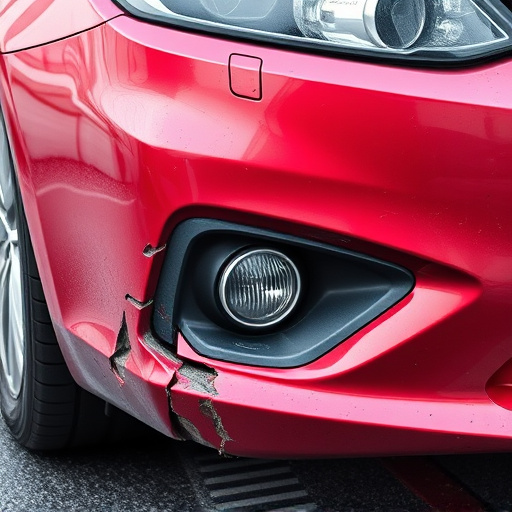Tesla owners often face challenges with their vehicle’s repeater cameras, especially after exposure to high-pressure washes. This can lead to image distortion or complete failure. Understanding the causes and knowing how to replace these cameras is crucial for maintaining optimal driving assistance. This article guides you through a step-by-step process of replacing your Tesla repeater camera, offering essential tips for preventive maintenance to ensure long-lasting performance. Learn how to tackle this task effectively.
- Understanding Tesla Repeater Camera Failure Due to High-Pressure Wash
- The Process of Replacing a Tesla Repeater Camera: Step-by-Step Guide
- Preventive Measures and Tips for Maintaining Your Tesla's Repeater Cameras
Understanding Tesla Repeater Camera Failure Due to High-Pressure Wash
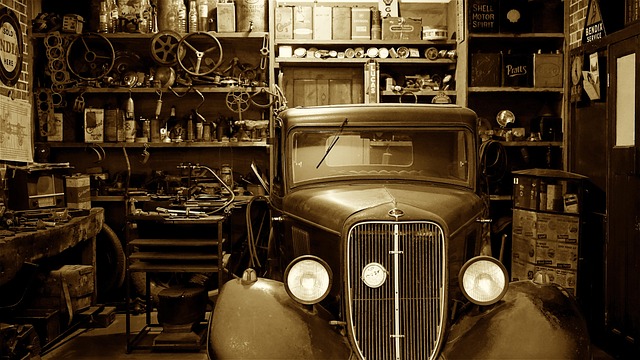
The Tesla repeater camera, an integral part of the vehicle’s safety system, can fail due to unforeseen circumstances like high-pressure wash damage. This typically occurs when powerful water jets from car washes or cleaning solutions come into direct contact with the camera, leading to potential harm or obstruction. Over time, the constant exposure to moisture and varying temperature conditions might contribute to the camera’s failure, making it a common issue among Tesla owners.
For those considering Tesla repeater camera replacement, understanding the cause of failure is crucial. While professional installation services are available at car body shops offering collision repair solutions, DIY enthusiasts can also tackle this task. Replacing the camera involves careful disassembly and proper disposal of the old unit to ensure a seamless integration of the new one, enhancing the vehicle’s restoration process for a like-new appearance.
The Process of Replacing a Tesla Repeater Camera: Step-by-Step Guide
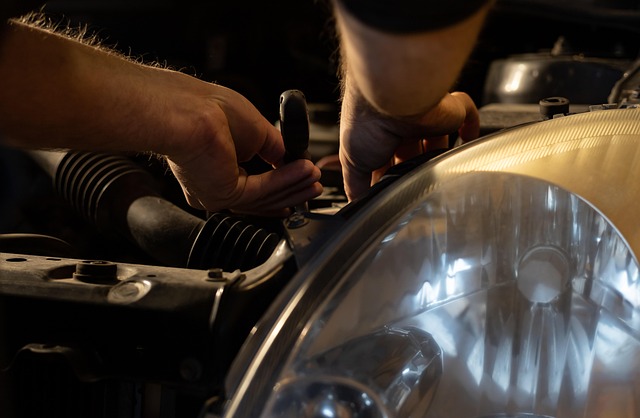
Replacing a Tesla repeater camera involves a meticulous process that ensures optimal visibility and safety for your vehicle. Here’s a step-by-step guide to help you navigate this task. First, locate the damaged camera, typically found on the exterior mirrors or fenders. Next, gather the necessary tools, including a new Tesla repeater camera, screwdrivers, and possibly a heat gun for safe removal of old components (especially in cold climates). Disassemble the area around the damaged camera, taking note of any screws or wires connected to it. Gently pull out the old camera and inspect the housing for any signs of damage or water intrusion—a common issue after high-pressure washes. Clean the area thoroughly, addressing any car scratch repair needs on the surrounding surface to ensure a secure fit for the new camera. Install the new Tesla repeater camera by aligning it precisely and securing it with screws. Ensure all connections are tight, double-checking electrical wiring and power supply. Before finalizing, test the camera’s functionality, confirming clear visibility and proper operation in various lighting conditions. This meticulous process ensures your Tesla is equipped with reliable repeaters, enhancing safety and driving experience, much like fine auto frame repair on a Mercedes Benz.
Preventive Measures and Tips for Maintaining Your Tesla's Repeater Cameras
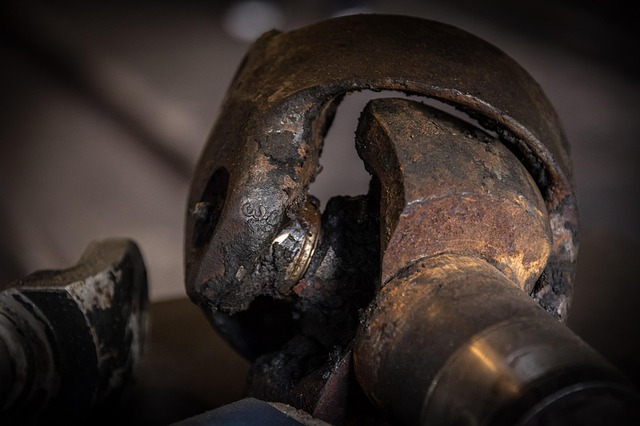
To keep your Tesla’s repeater cameras in optimal condition, start with regular cleaning and inspection. Use a microfiber cloth to gently wipe down the camera lenses to prevent dust and debris buildup, which can distort images. Regularly checking for any signs of damage or clouding is crucial; early detection allows for prompt action before issues escalate.
Consider incorporating an auto dent repair or car scratch repair kit into your maintenance routine. Minor scratches or dents near the camera can impact its functionality. Addressing these issues promptly with dedicated repair tools can enhance the overall durability and performance of your Tesla’s repeater cameras, ultimately reducing the need for a costly Tesla repeater camera replacement due to secondary damage from auto collision repairs.
Tesla owners often face challenges with their vehicle’s technology, but understanding common issues like high-pressure wash damage to repeater cameras and knowing how to perform a simple replacement can ensure your driving experience remains seamless. By following the step-by-step guide provided, you can efficiently replace your Tesla repeater camera, addressing a potential safety concern and maintaining your car’s advanced driver-assistance system (ADAS) functionality. Remember, regular maintenance, including protecting your vehicle from harsh cleaning methods, is key to preserving your Tesla’s cutting-edge features, ensuring its longevity, and enhancing road safety.
